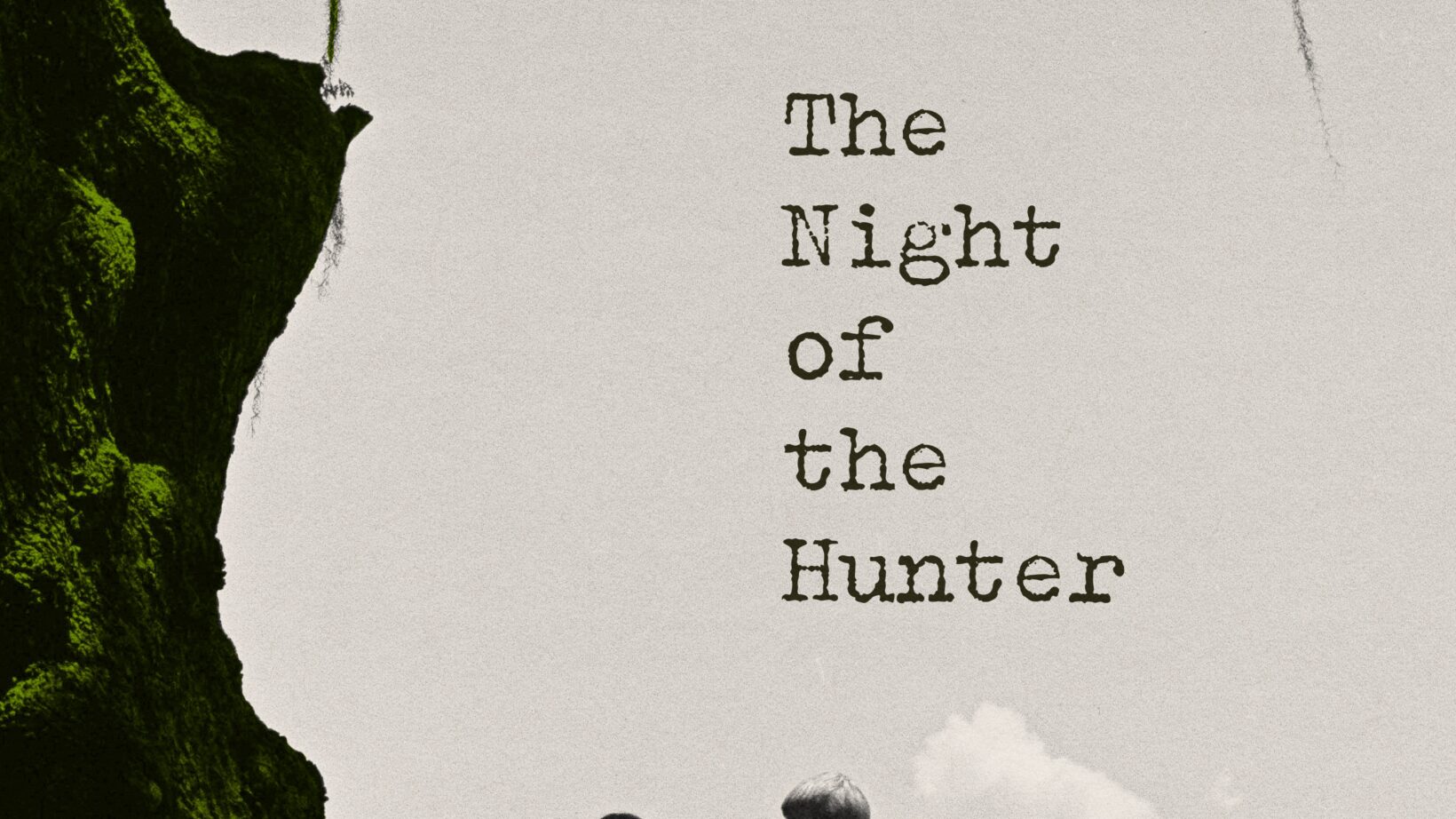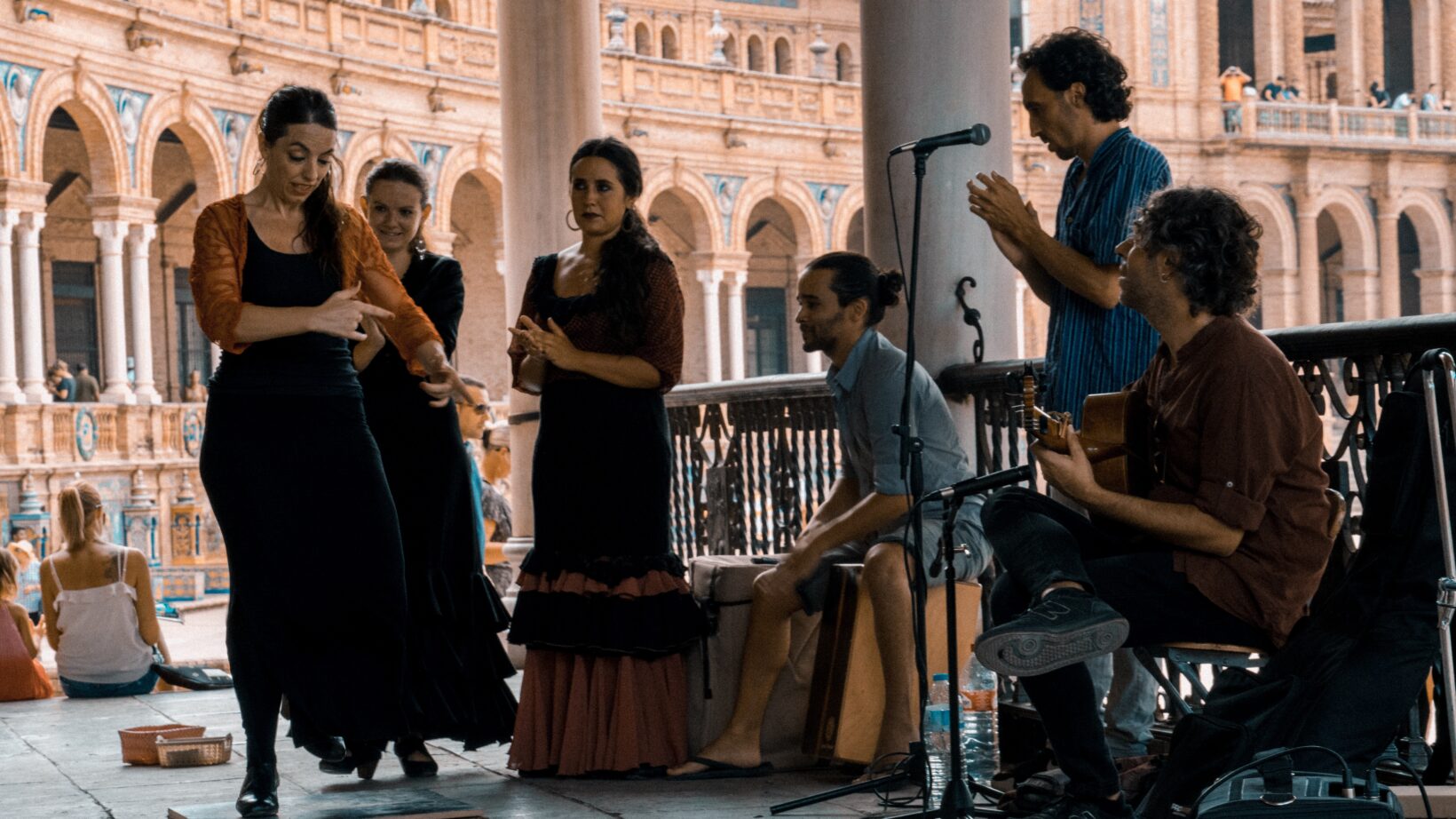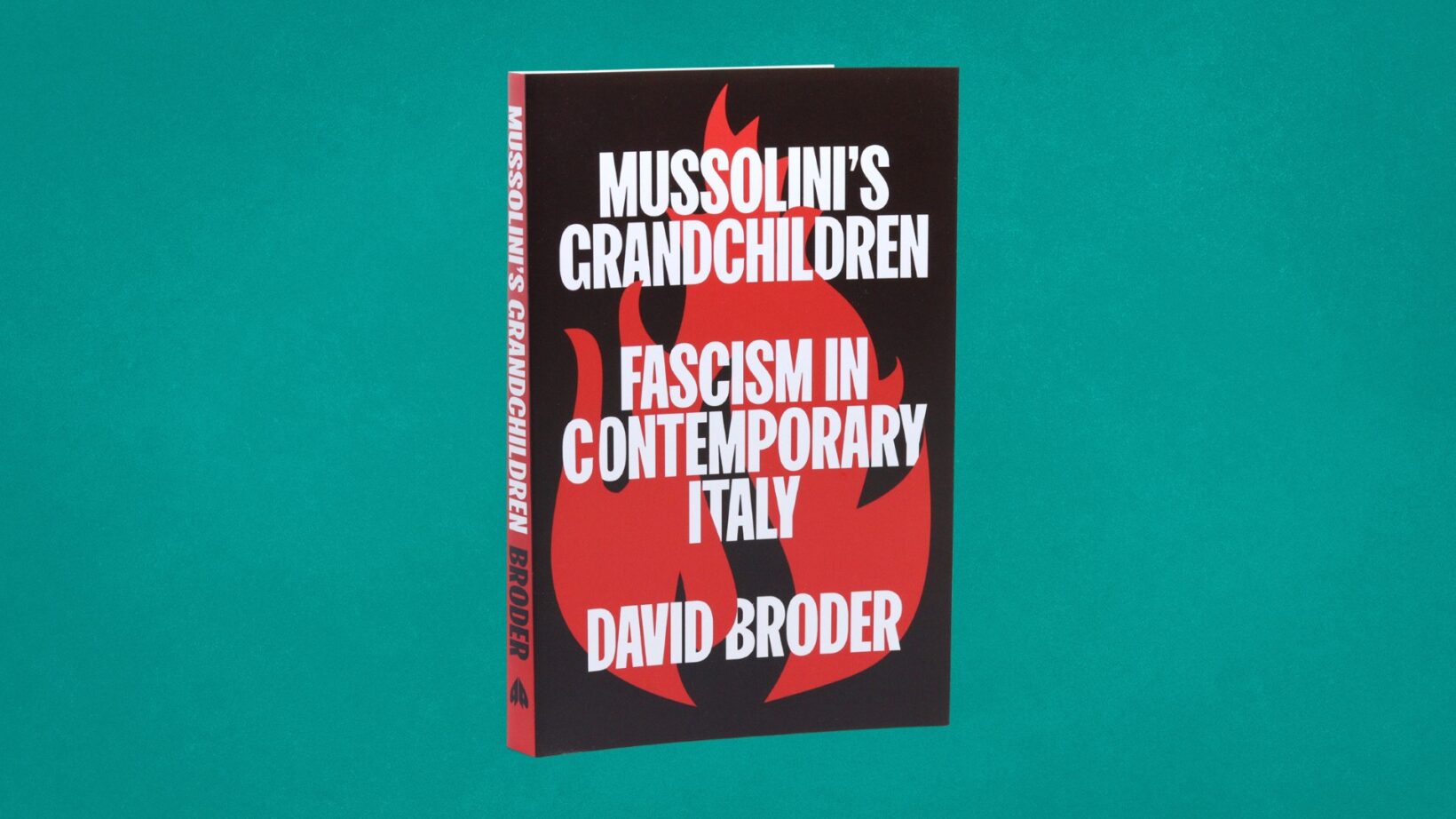The sale of Dr Crippen and other murder memorabilia at a London auction house exactly 100 years ago reminds us that the fascination of real horrors and for some even owning a piece of them has always been part of the human psyche
‘Murder Relics Sale’ was the headline of an article in the Daily Mirror of 1st August 1923, followed by the qualifier ‘Letters of Notorious Criminals Realise Small Prices.’
And the prices achieved at the auction in London the day before were relatively low, ranging from £2 and £4, amounts which have a spending power of around £100 and approximately £200 today, according to the Bank of England’s inflation calculator.
The sale took place at Stevens Auction Rooms at 38 King Street, Covent Garden, a business set up in 1831, although there had been an auction house at the site since 1760. Stevens was known chiefly for its auctioning of scientific and cultural artefacts, particularly collections of entomology, the study of insects. So, the offering of murder paraphernalia there was unusual, and this caught the attention of the Fleet Street tabloid press under the adage ‘If it bleeds, it leads.’
All the lots sold related to infamous murders committed over the previous few decades, between 1890 and 1915, just eight years prior to the auction.
Material went under the hammer relating to a sensational case of December 1897, the stabbing killing of the popular actor William Terriss by the unbalanced and impecunious actor Richard Archer Prince, in the doorway of the stage door of the Adelphi Theatre, also in Covent Garden. Prince, who thought that Terriss had thwarted his career, was sent to Broadmoor, where he would die in 1937, but many had wanted him to hang, including the legendary Shakespearean actor Sir Henry Irving.
As the Daily Mirror reported, ‘letters and papers connected with Prince’ sold for £2 15s. But it was a mixed lot, and the buyer also received letters associated with the terrible ‘Kentish Town Murder’ of 1890, when Mary Pearcy murdered Phoebe Hogg, the wife of her illicit lover, and Hogg’s baby daughter Tiggy, then transported their bodies across to Hampstead, also in North London, in a black pram, in the pitch dark. Added to this, and included in the morbid bargain bundle were letters related to the ‘Brides in the Bath’ bigamist killer George Joseph Smith, hanged in 1915 for the drowning murders of three of his wives for their money.
Another lot which sold for £2 consisted of three letters written by Herbert John Bennett, who was hanged aged twenty-two in March 1901 for the murder of his wife, 24-year-old Mary Jane, on the beach at Great Yarmouth in Norfolk, the year before. Bennett strangled Mary Jane with the lace from one of his boots. Added to the letters, the successful bidder also received Bennett’s ‘collar, which had featured in his trial’, at which he had been defended by the famous barrister Sir Edward Marshall Hall. Bennett always protested his innocence, and more than a decade after his execution, another woman was found murdered on Yarmouth beach, and she had also been strangled with a bootlace, a case that was never solved.
In addition to those still infamous cases, another one less well-known today, that of the ‘Croydon Poisoner’ Richard Brinkley, was also represented in the sale. In April 1907, Brinkley murdered a couple, Richard and Elizabeth Beck, by poisoning them with prussic acid in some stout beer at their home in Croydon, South London. They were not in fact his real target- a man who lodged with the Becks was his real prey, as that man had been a witness to a forged will engineered by Brinkley, who had befriended an elderly lady in Fulham, and he wanted her house.
When the forged will was disputed by the woman’s family, Brinkley grew concerned that the witness might talk under pressure, and so decided to kill him with the bottle of poisoned beer, which was instead fatally drunk by the Becks. Brinkley was hanged just four months after the murders. ‘Autograph letters’ by Brinkley and ‘one of his handkerchiefs, inscribed by himself’, sold in the auction for £2 10s, as the Daily Mirror relayed a century ago.
Finally, the highest price went to the lot holding photographs of Dr Crippen, and ‘relics of Belle Elmore’, the theatrical stage name of his American wife Corrine, whom he murdered, dismembered, and buried at their home in Camden Town, North London in 1910. Crippen’s apprehension by telegraph, with his lover Ethel le Neve, disguised as a boy, on a United States-bound Ocean liner which made as many headlines as the gruesome murder. Less than thirteen years after his execution, Crippen’s lot went for £4, the highest bid of the day.
It can only be guessed what those lots might be worth today if they came up for sale, with the interest in real crimes never higher. But it shows us that before true crime books, documentaries, and podcasts, when the newspapers had the monopoly on the macabre, the dark human impulse to get safely close to horrific crimes was always there for some.
Neil Root is the author of Frenzy! How the Tabloid Press Turned Three Evil Serial Killers into Celebrities and The Murder Gang: Fleet Street’s Elite Group of Crime Reporters in the Golden Age of Tabloid Crime






